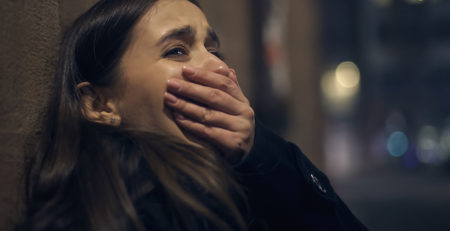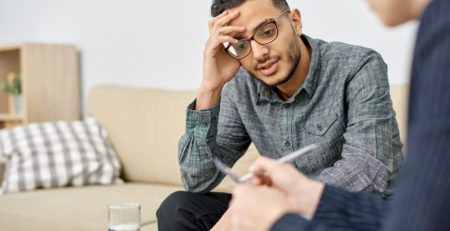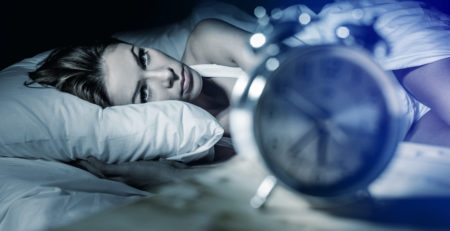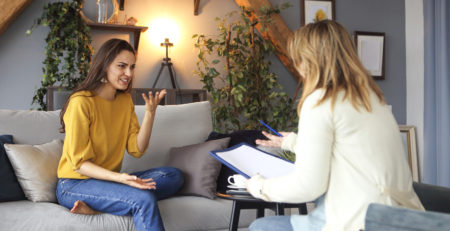Panic Attacks May Mimic COVID-19 Symptoms – How to Tell Them Apart
If you’ve been experiencing heightened anxiety during the coronavirus pandemic, you’re not alone. It’s understandable to feel some apprehension about the unknown, especially when the need to “flatten the curve” has left many of us homebound indefinitely.
Whether you’ve previously had several panic attacks or are worried about experiencing them in self-quarantine, it’s essential to recognize the difference between COVID-19 symptoms and a panic attack.
What Is a Panic Attack?
The Anxiety and Depression Association of America defines a panic attack as “the abrupt onset of intense fear or discomfort that reaches a peak within minutes.” One hallmark of both coronavirus and a panic attack is chest pain and shortness of breath. Chills and heat sensations are also common with both conditions.
Panic attacks are short-lived – most reach their peak within 10 minutes before subsiding. In contrast, recovering from COVID-19 can be a lengthy process. Some people with severe symptoms have reported feeling ill for months. If you’re experiencing chest pain and difficulty breathing for a prolonged period, see a doctor as soon as possible to get screened for coronavirus.
How to Shorten a Panic Attack
The sudden onset of panic attacks can be frightening, and the intensity of symptoms such as choking, shaking, sweating, tense muscles and a racing heart rate have caused some people to seek emergency medical help for fear that they’re dying. However, if you experience a panic attack, the good news is that several practical techniques can help you get over it more quickly, including deep, controlled breathing.
- For a count of four, take a long, slow breath in through your nose, filling your lungs all the way to the top.
- Hold your breath for one second.
- Exhale slowly through pursed lips for a count of four, while you relax the muscles in your face, neck, jaw, shoulders and stomach.
Practice this breathing technique several times per day to relieve stress. That way, when a panic attack strikes and you need to use it, you’ll already be well familiar with the process.
Don’t Stop Doing What Works
If you’ve already been relying on effective techniques to keep your anxiety symptoms in check, don’t give up on your healthy coping strategies. If you’re feeling a spike in your fear and nervousness, stop and take inventory of what you’ve been doing lately. Has coronavirus disrupted your routine and pushed normally enjoyable activities such as exercise to the wayside? Make time in your schedule for calming self-care pursuits such as meditation, yoga and journaling.
When concerns about coronavirus are causing you to feel more anxious than usual, there are a couple of things you can try.
- Take frequent mental health breaks. Go for a walk around your neighborhood, or watch lighthearted videos online.
- Avoid news burnout. It’s possible to stay informed about the day’s headlines without overwhelming yourself.
- Acknowledge any grief or pain you may be feeling, but don’t dwell in negativity.
- Center yourself by fully engaging in the task at hand. For example, if you’re preparing food, take note of its smell, appearance, color and texture.
- Reach out to friends and family. Getting together in person may be impossible due to distancing, but you can still use technology to contact people you care about. They may be feeling just as anxious as you are.
Protecting Your Mental Well-Being During a Pandemic
It’s natural to experience some worry and fear during times of uncertainty. However, if anxiety symptoms are taking over your life, or if you are dealing with other mental disorders such as depression, contact us at Serene Behavioral Health today to learn more about our compassionate care.
















